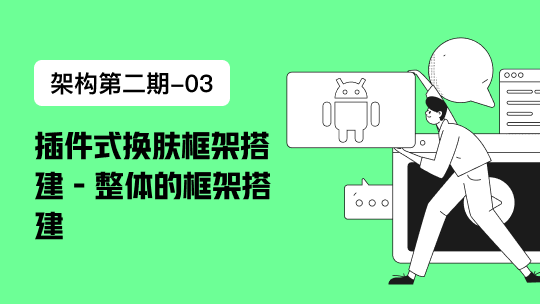###一、命令行工具###
django-admin.py是Django的一个用于管理任务的命令行工具,manage.py是对django-admin.py的简单包装,每个Django Project里面都会包含一个manage.py
语法:
root># django-admin.py <subcommand> [options]
root># manage.py <subcommand> [options]
subcommand是字命令; options是可选的
###二、常用子命令###
1、新建一个django项目
django-admin.py startproject project-name
2、新建一个app
python manage.py startapp app-name
3、运行开发服务器
python manage.py runserver 0.0.0.0:8000
或
python manage.py runserver 0:8000
4、同步数据库
python manage.py makemigrations --生成数据库同步脚本
python manage.py migrate --同步数据库
注意:Django 老版本可以使用用syncdb
python manage.py syncdb
5、清空数据库
python manage.py flush
此命令会询问是 yes 还是 no, 选择 yes 会把数据全部清空掉,只留下空表。
6、创建超级管理员
python manage.py createsuperuser
7、导出数据、导入数据
python manage.py dumpdata appname > appname.json
python manage.py loaddata appname.json
8、django项目环境终端
python manage.py shell
如果你安装了bpython或者ipython,会自动调用他们的界面
9、数据库执行命令
python manage.py dbshell
django会进行到settings中设置的数据库,如果是mysql或者postgresql,会要求输入用户名和密码
在这个终端可以输入sql语句
10、编译语言文件
python manage.py compilemessages
11、创建语言文件
python manage.py makemessages
###三、manage.py特有的一些子命令
1、创建超级管理员
python manage.py createsuperuser
2、修改密码
python manage.py changepassword
3、清除sessions
python manage.py clearsessions
四、查看帮助
1、查看django-admin.py帮助文档
root># django-admin.py help startproject
usage: django-admin.py startproject [-h] [--version] [-v {0,1,2,3}]
[--settings SETTINGS]
[--pythonpath PYTHONPATH] [--traceback]
[--no-color] [--template TEMPLATE]
[--extension EXTENSIONS] [--name FILES]
name [directory]
Creates a Django project directory structure for the given project name in the
current directory or optionally in the given directory.
positional arguments:
name Name of the application or project.
directory Optional destination directory
optional arguments:
-h, --help show this help message and exit
--version show program's version number and exit
-v {0,1,2,3}, --verbosity {0,1,2,3}
Verbosity level; 0=minimal output, 1=normal output,
2=verbose output, 3=very verbose output
--settings SETTINGS The Python path to a settings module, e.g.
"myproject.settings.main". If this isn't provided, the
DJANGO_SETTINGS_MODULE environment variable will be
used.
--pythonpath PYTHONPATH
A directory to add to the Python path, e.g.
"/home/djangoprojects/myproject".
--traceback Raise on CommandError exceptions
--no-color Don't colorize the command output.
--template TEMPLATE The path or URL to load the template from.
--extension EXTENSIONS, -e EXTENSIONS
The file extension(s) to render (default: "py").
Separate multiple extensions with commas, or use -e
multiple times.
--name FILES, -n FILES
The file name(s) to render. Separate multiple
extensions with commas, or use -n multiple times.
2、查看manage.py帮助
root># python manage.py help
Type 'manage.py help <subcommand>' for help on a specific subcommand.
Available subcommands:
[auth]
changepassword
createsuperuser
[contenttypes]
remove_stale_contenttypes
[django]
check
compilemessages
createcachetable
dbshell
diffsettings
dumpdata
flush
inspectdb
loaddata
makemessages
makemigrations
migrate
sendtestemail
shell
showmigrations
sqlflush
sqlmigrate
sqlsequencereset
squashmigrations
startapp
startproject
test
testserver
[sessions]
clearsessions
[staticfiles]
collectstatic
findstatic
runserver












